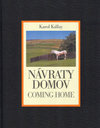
-
 Anglický jazyk
Anglický jazyk
Hindustani musical instruments
Autor: Source: Wikipedia
Source: Wikipedia. Pages: 32. Chapters: Sitars, Harmonium, Sitar in jazz, Tabla, Sarod, Sitar in popular music, Sarangi, Bansuri, Electric sitar, Tambura, Dholak, Shehnai, Santoor, Rudra veena, Surbahar, Vichitra veena, Jal tarang, Electronic tanpura, Shruti... Viac o knihe
Na objednávku, dodanie 2-4 týždne
14.34 €
bežná cena: 16.30 €
O knihe
Source: Wikipedia. Pages: 32. Chapters: Sitars, Harmonium, Sitar in jazz, Tabla, Sarod, Sitar in popular music, Sarangi, Bansuri, Electric sitar, Tambura, Dholak, Shehnai, Santoor, Rudra veena, Surbahar, Vichitra veena, Jal tarang, Electronic tanpura, Shruti box, Syahi, Imdadkhani gharana, Swarmandal, Pakhavaj, Mohan veena, Tati. Excerpt: A harmonium is a free-standing keyboard instrument similar to a reed organ. Sound is produced by air being blown through sets of free reeds, resulting in a sound similar to that of an accordion. The air is usually supplied by bellows operated by foot, hand, or knees. In North America, the most common pedal-pumped free-reed keyboard instrument is known as the American Reed Organ, (or parlor organ, pump organ, cabinet organ, cottage organ, etc.) and along with the earlier melodeon, is operated by a suction bellows where air is sucked through the reeds to produce the sound. A reed organ with a pressure bellows, that pushes the air through the reeds, is referred to as a harmonium. A traditional wooden portable harmoniumIn much of Europe, the term "harmonium" is used to describe all pedal-pumped keyboard free-reed instruments, making no distinction whether it has a pressure or suction bellows. In India, the term generally refers to a hand-pumped instrument. For free reed history ¿ Free reed aerophone History A 1930 harmonium by Goldschmeding, from HollandThe harmonium was invented in Paris in the 1840s by Alexandre Debain, though there was concurrent development of similar instruments. Christian Gottlieb Kratzenstein (1723-1795), Professor of Physiology at Copenhagen, was credited with the first free-reed to be made in the western world after winning the annual prize in 1780 from the Imperial Academy of St.Petersburg. Harmoniums reached the height of their popularity in the West in the late 19th and early 20th centuries. They were especially popular in small churches and chapels where a pipe organ would be too large or too expensive. Harmoniums generally weigh less than similarly-sized pianos and are not as easily damaged in transport, thus they were also popular throughout the colonies of the European powers in this period not only because it was easier to ship the instrument out to where it was needed, but it was also easier to transport overland in areas where good-qu
- Vydavateľstvo: Books LLC, Reference Series
- Rok vydania: 2016
- Formát: Paperback
- Rozmer: 246 x 189 mm
- Jazyk: Anglický jazyk
- ISBN: 9781156081730

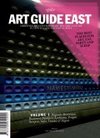
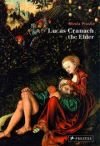




 Ruský jazyk
Ruský jazyk 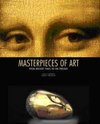
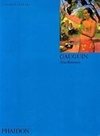
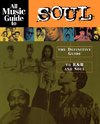
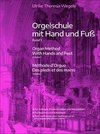
 Nemecký jazyk
Nemecký jazyk 
